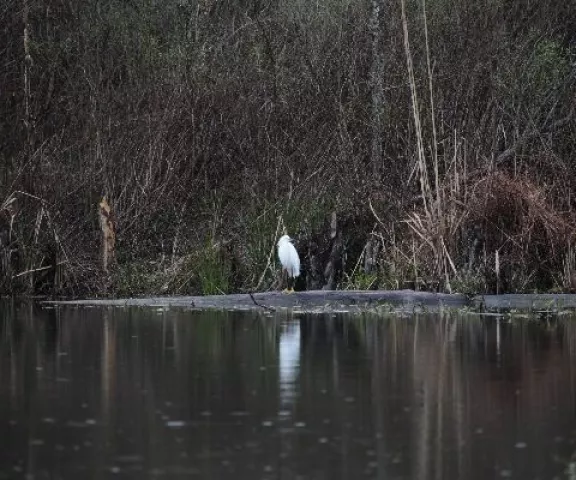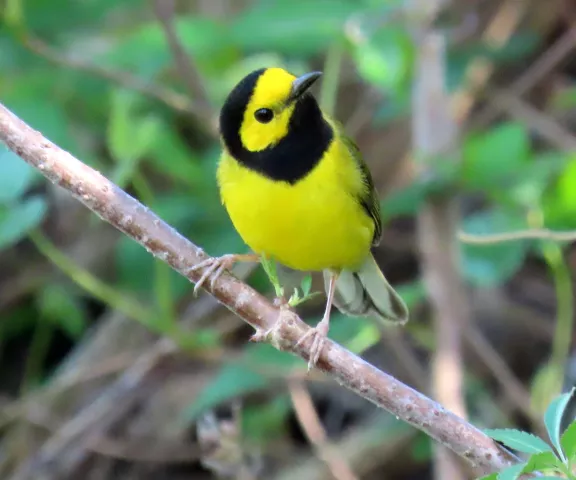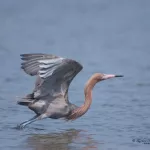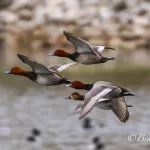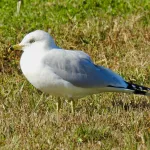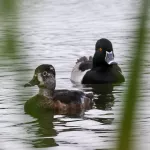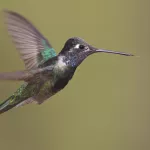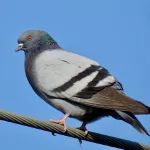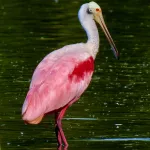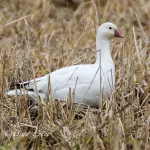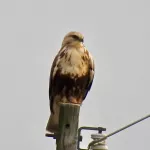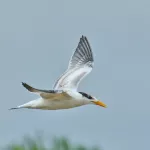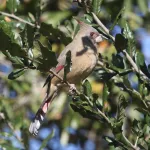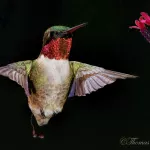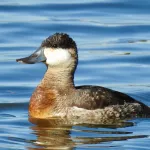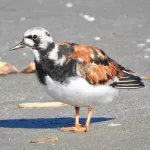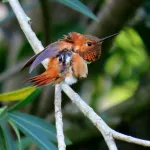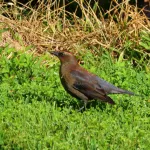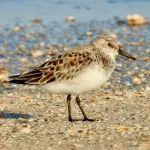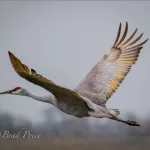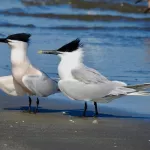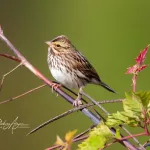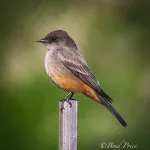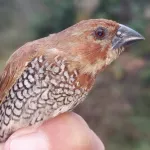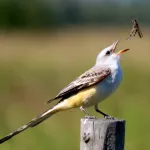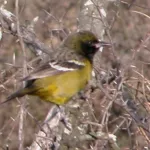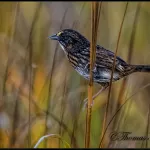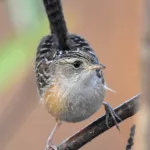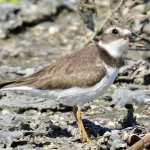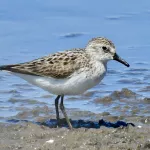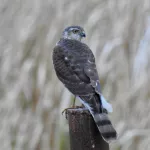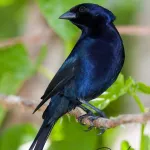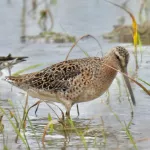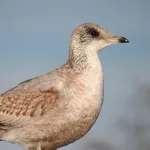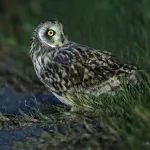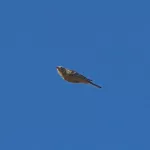Blackwater Conservation Area
Historically a sand/gravel mine, Blackwater Conservation Area was restored as a natural area under the authority of the U.S. Army Corps of Engineers. This small site contains four distinct habitat types (cypress-tupelo swamp, small-stream forest, terrace slope forest, and mixed pine-hardwood forest) and nature trails from which to access these habitats.
Thus far, just under 150 bird species have been recorded here. Waterfowl species records include Black-bellied Whistling-Duck, Wood Duck, Blue-winged Teal, Mallard, Redhead, Ring-necked Duck, Lesser Scaup and Bufflehead. Migrating Wood Storks have been observed in September. Anhinga is a year-round species. Eleven wading bird species have been recorded, including Snowy Egret, Green Heron, Black-crowned and Yellow-crowned Night-Herons, and Roseate Spoonbill. Eleven sparrow species (fall/winter/spring) and 23 warbler species (various species/ seasons) have been recorded here. Being a relatively new site, the bird list will likely grow substantially larger with time. Shorebirds are under-represented right now, with only Killdeer and Wilson's Snipe reported.
The park offers two large fishing ponds, six short nature trails, pavilions, and access to the Comite River. The waterspider orchid (Habenaria repens) has been found in the floating marsh located at the park. This species was previously unrecorded in East Baton Rouge Parish.
Though a small site, recreational opportunities abound here not only for birders but for hikers, photographers, paddlers, and fishermen as well. Amenities include a gravel parking area, restrooms, and a water fountain. This site is partially handicapped-accessible. A hard-surfaced walkway leads from the parking area to a large pier on one of the fishing ponds.
